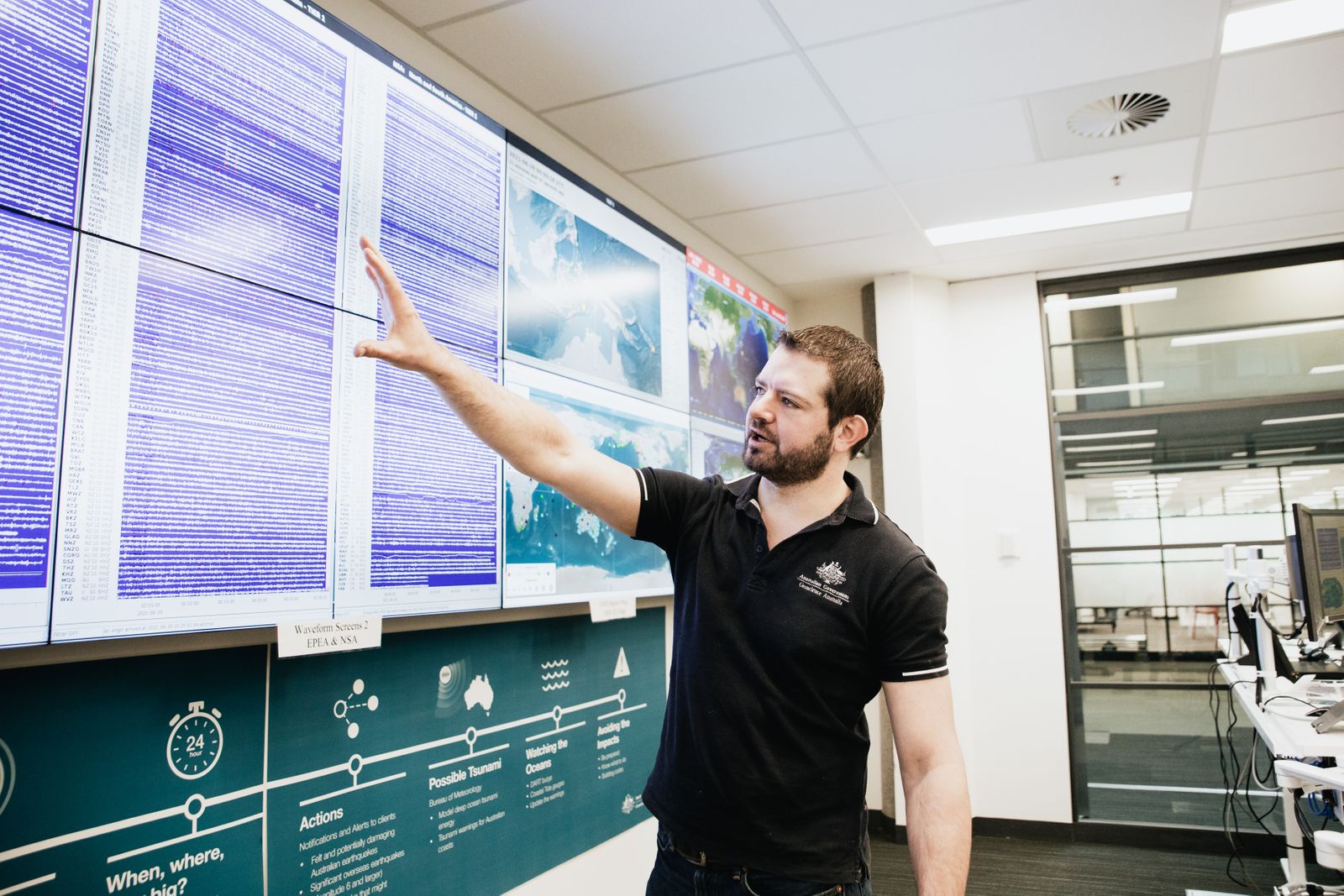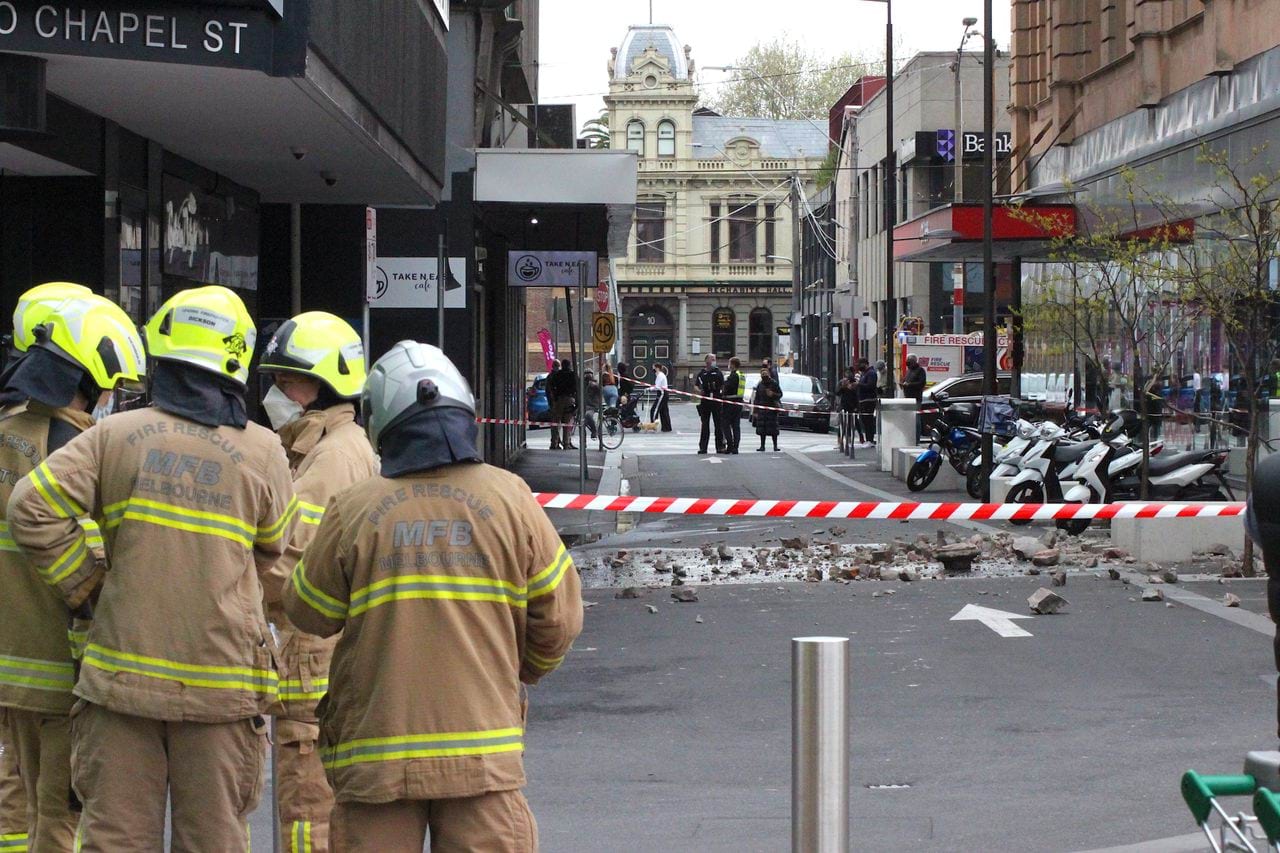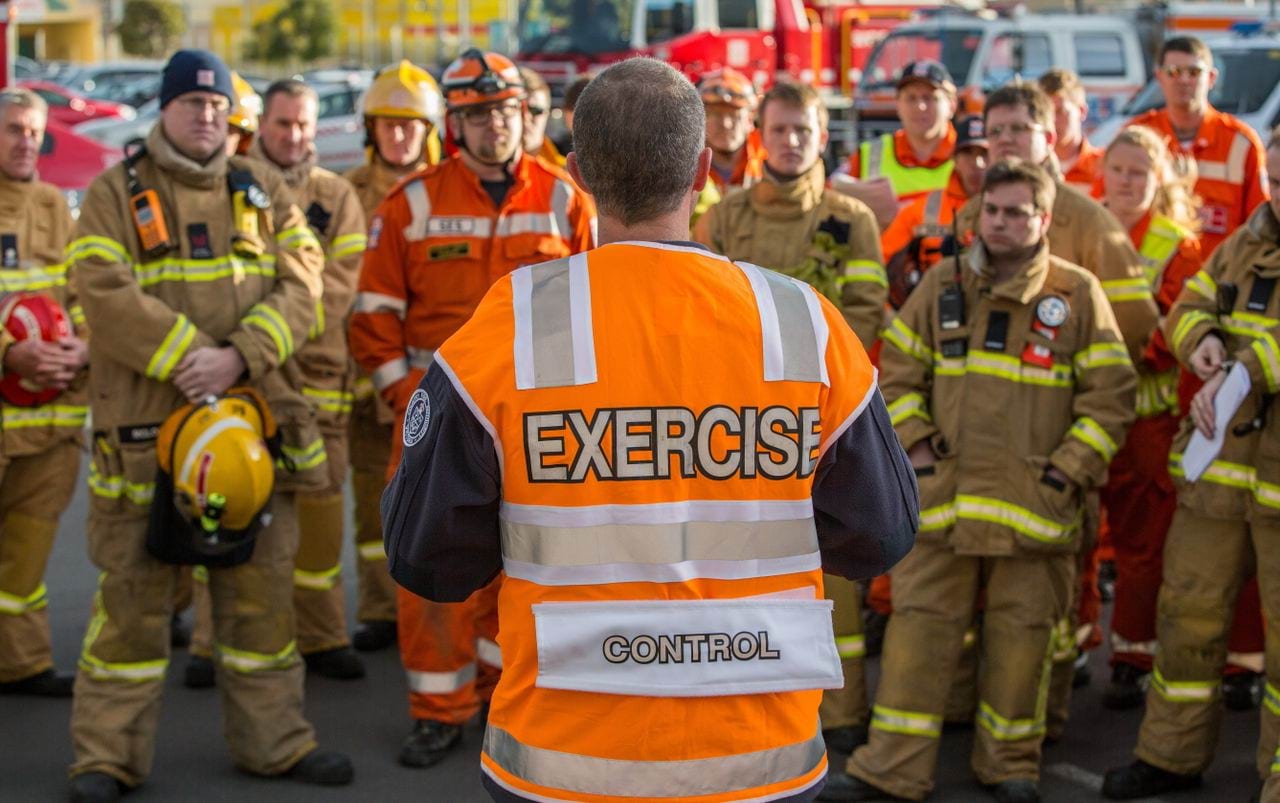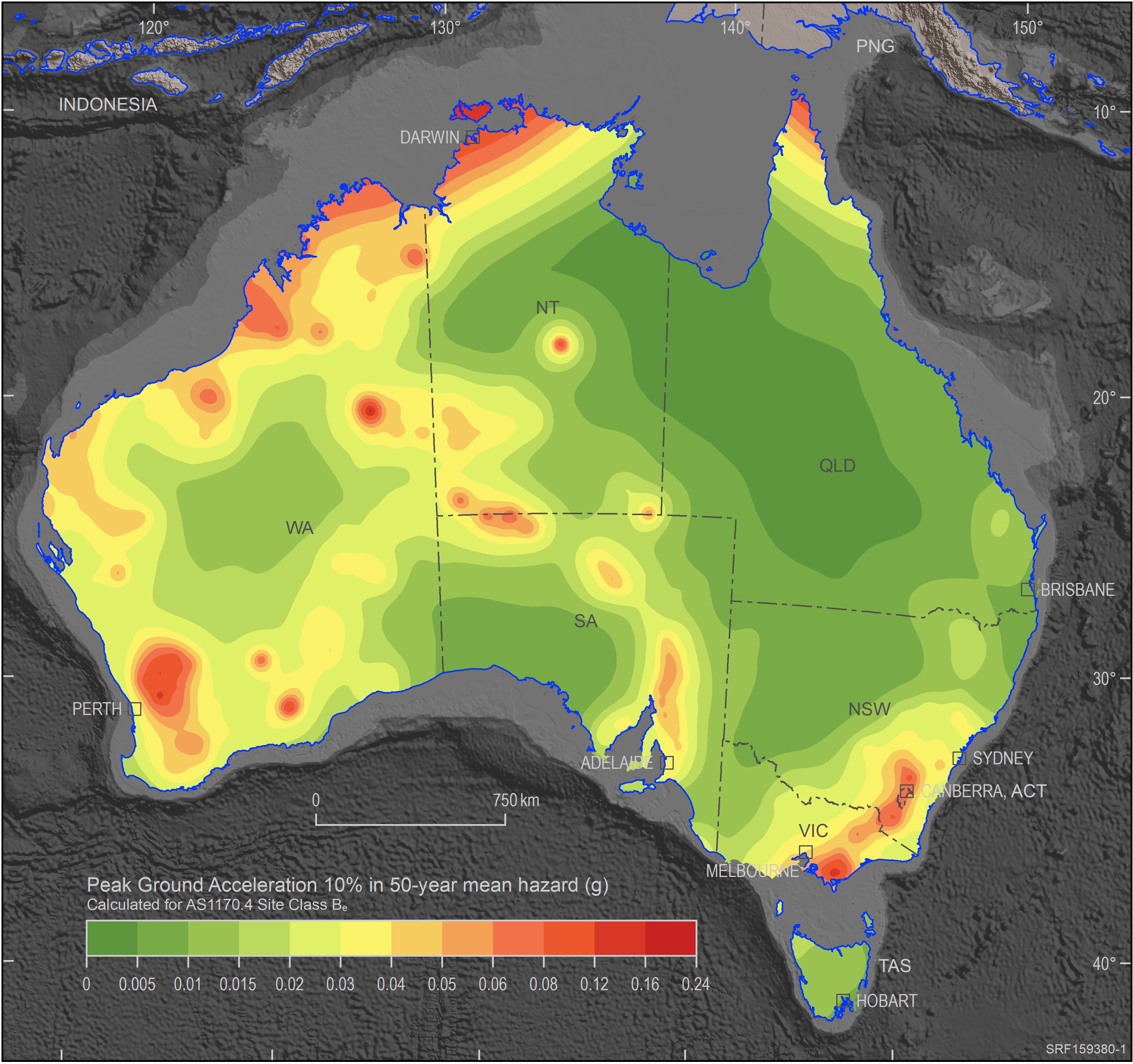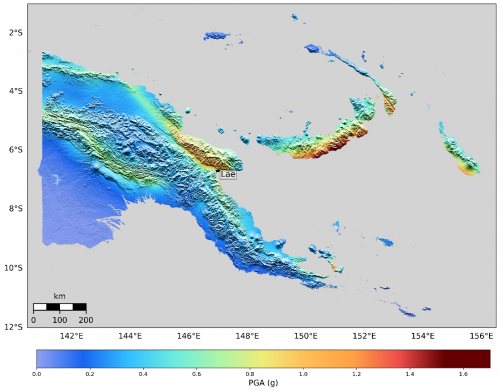Data product National Seismic Hazard Assessment (NSHA)
Identify how likely local, regional and national areas are to experience strong earthquake ground shaking.
Page last updated:15 August 2024
Defining Australia’s earthquake hazard
The NSHA defines variations in the level of earthquake ground shaking hazard across Australia. Having access to this data allows higher hazard areas to be identified, so mitigation strategies can be developed for at-risk communities, making them more resilient to seismic events.
Building damage in Melbourne following the 22 September 2021 earthquake in the Victorian High Country
Introducing the NSHA
The NSHA provides an improved understanding of the seismic hazard and its uncertainties for Australia, allowing communities to be better prepared for earthquake events.
Senior Seismologist Dr Trevor Allen talks about the National Seismic Hazard Assessment
Read the overview
It is a flagship product that informs public and private strategies for earthquake risk mitigation across the country. One of the fundamental uses of national-scale seismic hazard assessments is in national building codes and standards. Read more about its applications in the model overview.
Who is the NSHA for?
The NSHA provides essential evidence-based information to emergency managers, governments and the engineering sector to help them prepare for, mitigate against and respond to earthquake disasters.
Members of the insurance industry use the NSHA to better understand earthquake risk when pricing insurance and reinsurance premiums.
Emergency professionals use NSHA data when developing disaster management and evacuation plans, helping to reduce earthquake threat levels and improve community safety.
Australian Standards use seismic hazard information to ensure all applicable new buildings and infrastructure are built to withstand likely earthquake ground motions. It also informs investment decisions for the retrofit of existing and historic buildings.
NSHA23 hazard map indicating the mean PGA (expressed as a proportion of the acceleration due to gravity, g) for 10% probability of exceedance in 50-years on AS1170.4 Site Class Be.
How the NSHA works
- The NSHA 2023 improves upon the NSHA 2018 by incorporating updated data, models and insights from across the Australia and global tectonic analogues.
- It consists of 15 independent seismic source models, which provide an understanding of the earthquake occurrence across Australia and its associated uncertainties.
- The team has reviewed the history of earthquake magnitude estimation to improve consistency of how earthquake size is calculated in Australia.
- The new assessment refines and homogenises the earthquake catalogue, and revises the fault source model through inclusion of newly identified faults and revised activity rates on some faults.
- The assessment describes the rationale that has led to the changes in how the level of risk has been calculated.
- Expert elicitation has been used to capture uncertainty surrounding model choices. The elicitation focused on reviewing model components that sensitivity analysis had shown were more important for hazard.
The NSHA23 source documentation is available here:
- Model Input and Output Data
- Model Overview
- Rationale for changes in hazard (a short summary of the model overview)
- Notes on fault parametrisation for the Fault Source Model
The combination of new data and scientific advances conforms with global best practice for undertaking national-scale earthquake hazard assessments.
Good to know
The science incorporated into the NSHA is state of the art and world leading. It has been subject to a quality assurance process and independent scientific review by experts from across the global earthquake science community.
Geoscience Australia updates the NSHA on a regular basis. This allows the Australian Standards Committee to consider any changes in our understanding of seismic hazard in Australia based on the best available science, and decide whether the Standard needs to be amended to reflect this.
Looking forward
Geoscience Australia will continue to update the NSHA, as we recognise the importance of incorporating best practice and evidence-based science to keep Australian communities as safe as possible from earthquake events. We still have a lot to learn about earthquake hazard in Australia, but the field of science and technology is constantly evolving and improving, and the NSHA will continue to reflect these advancements.
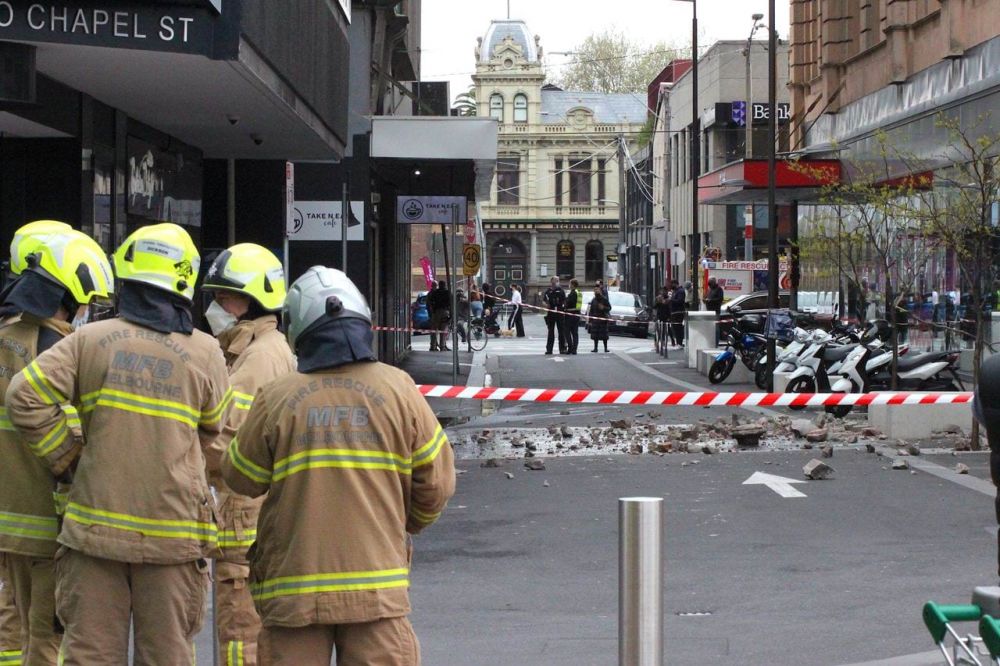
Case study Retrofitting Melbourne’s buildings to withstand earthquakes
Cost-effective mitigation strategy development for building-related earthquake risk.
